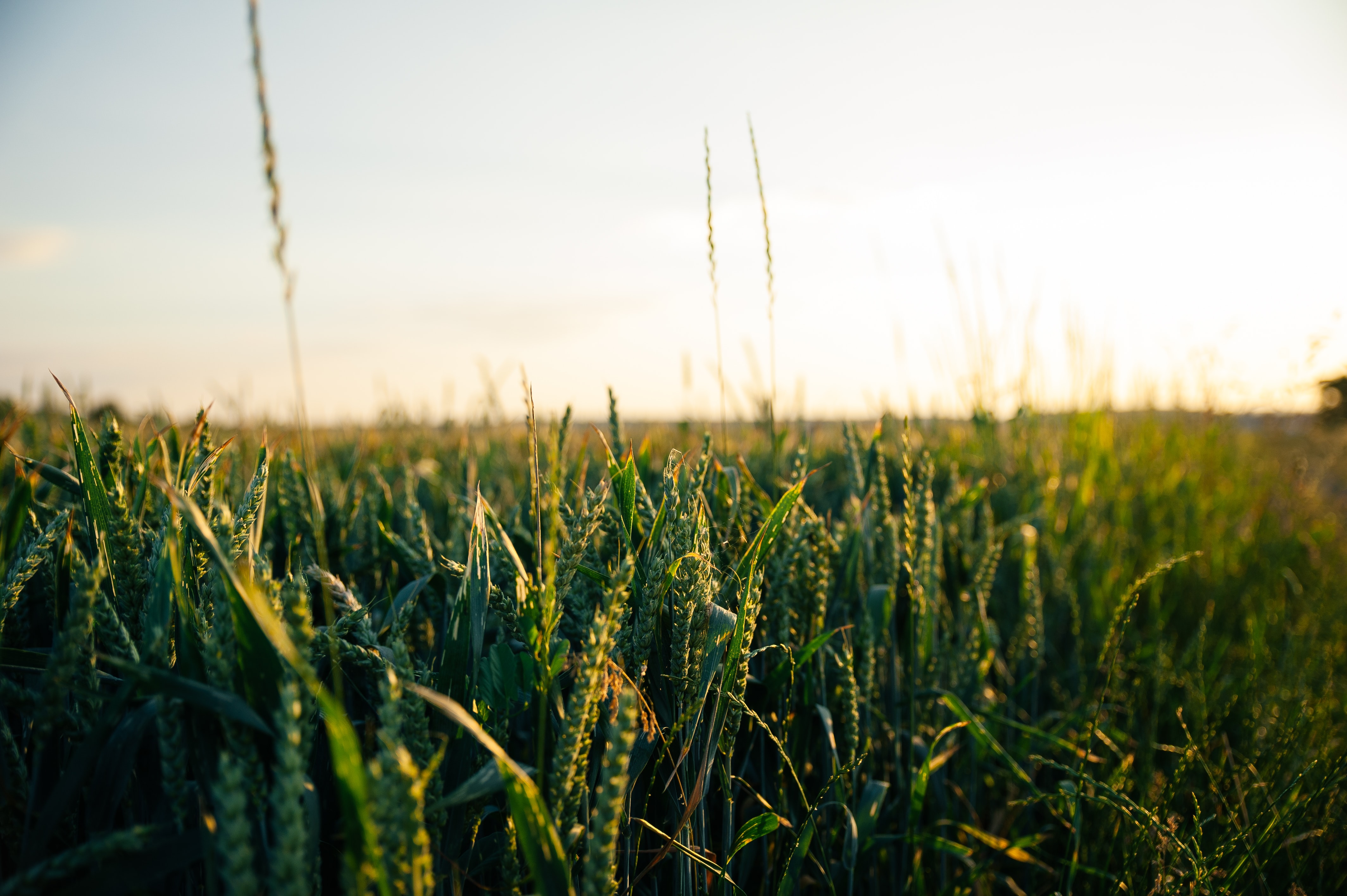Get $60 OFF throughout your first 2 boxes with code HOLIDAY60.
Offer ends in ::
Set your location to shop products local to you.
NIKU Farms
Thank you for your feedback!
If you requested further assistance, you’ll receive an email confirmation and we’ll follow up within 24 hours.
Got more questions? Start a new chat.
End chat
Are you sure you want to end the chat?
Cancel
Are you sure?
Your response has not been submitted. To process your request for further assistance, please hit the 'Back' button below, complete the form and submit your request.
Close Chat
Did you know that atmospheric carbon dioxide can be absorbed by various land or aquatic ecosystems? This process is known as soil carbon storage or soil carbon sequestration. This process is usually facilitated by the photosynthesis of plants and their natural absorption of CO2. However, there are many ways that humans can contribute to this process and help increase carbon storage in various ecosystems.

One of the practices that help sequester carbon naturally is the extension of crop rotations to include long-term forage crops or cover crops for hay or pasture. By using agricultural land in ways that are ecologically compatible such as livestock grazing or wildlife habitat – it can lead to an increase of carbon storage.
Soil carbon sequestration is not a permanent solution for combating the greenhouse effects of climate change but it does its’ part in contributing to a better environment. Carbon storage practices were originally developed to address concerns like soil erosion, but research has found that it has also improved wildlife habitat, higher water quality, improved soil health, and increased overall carbon storage abilities.
With our high standards, we ensure that our partner farmers take exceptional care of their pastured lands. Our partners at Big Rock Bison focus a lot of grassland restoration which extends the grazing season and increases the soil’s resistance to drought. It also reduces wasted forage and increases soil fertility. By grazing grasslands, the local ecosystem is fueled and animals thrive. Woolley’s Lamb also brings her lambs to graze on cover crops which is known to help store larger amounts of carbon in soil and benefit the atmosphere.
Although our partner farms are small, we all understand that change starts with us – and no matter what the size, we should all strive towards sustainability and helping our environment wherever we can.

when you subscribe to our mailing list.